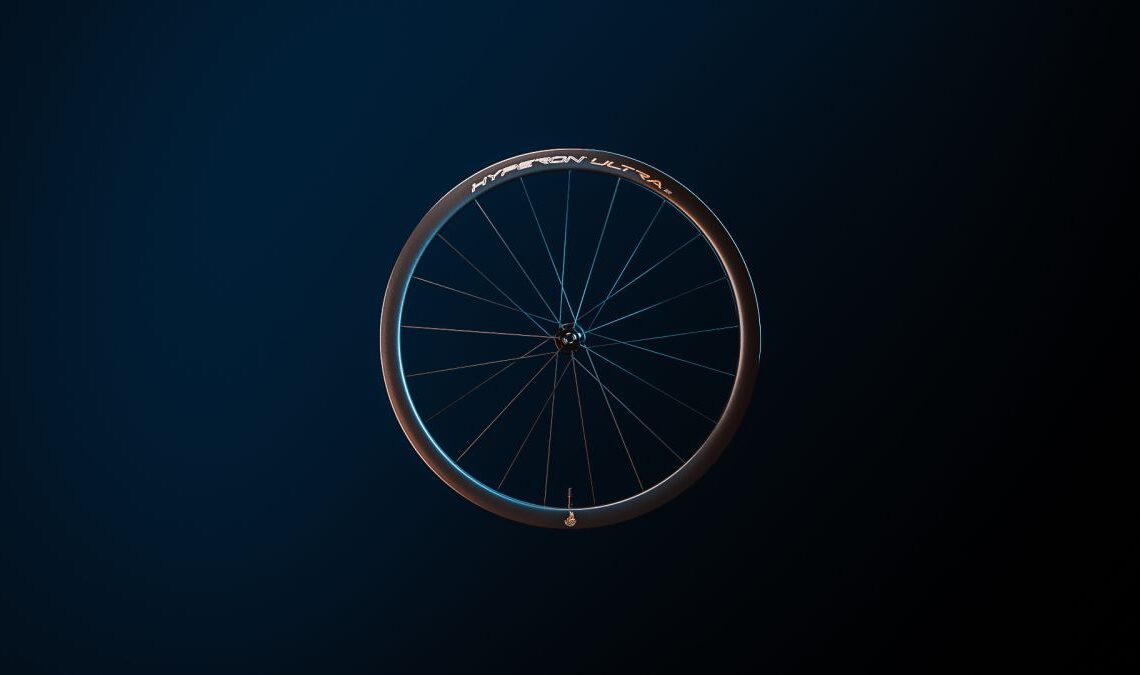Many of us had assumed the Hyperon wheelset had simply gone extinct. A victim of a world where a pure climber’s wheelset was no longer a viable choice for a rider who wants a sprinkle of aerodynamic efficiency. However, it appears that, like the volcano Stromboli, it was simply dormant for a little while, waiting to erupt once again.
This latest version aims to bring the benefits of a traditional climbing wheel (think lightweight and responsive) into a more modern package. Our list of the best road bike wheels is ever-growing, but dominated by aero options, so it’s refreshing to see an option that seems to target the best lightweight wheels segment.
The big picture
The aim of these new Hyperon Ultra wheels is, according to Campagnolo, to create the magic ratio of performance. A pinch of lightweight, a dash of responsivity, and a soupçon of aero. Not a climbing wheelset, then, as the old Hyperon’s were, but more of an all-around performance option than the aero focussed Bora Ultras.
At 1,240g for a pair (or 1,160g if you want tubulars) they’re definitely light. Not class-leading in that field, but to go lighter would sacrifice other areas it seems. They are also not a second-tier option and will sit alongside the Bora at the top of the product pyramid, rather than beneath.
Alongside the weight, the key figures are a 37mm depth, 21mm internal/27mm external width, disc only, and tubeless-ready. The width is on the money, but not anything groundbreaking; not one aimed at all-road duties. The system weight limit (bike and rider) is 115kg.
The details
Unlike many wheels on the market, the new Hyperon Ultras are created with only a single join in the carbon layup. The industry standard is four, for reference. Interestingly, rather than drilling the finished rim in order to install the spoke inserts, here the inserts are accounted for during construction so that the carbon fibres are oriented around them. This means that the end of the fibres don’t run the risk of abrading the spoke inserts over time. The nipples are internal to the rim, located magnetically, and tuneable with a proprietary spoke key.
The spokes, too, are a proprietary unit thanks to the hub interface. The system is known as ‘Head 2 Bay’, and…
Click Here to Read the Full Original Article at CyclingNews RSS Feed…

